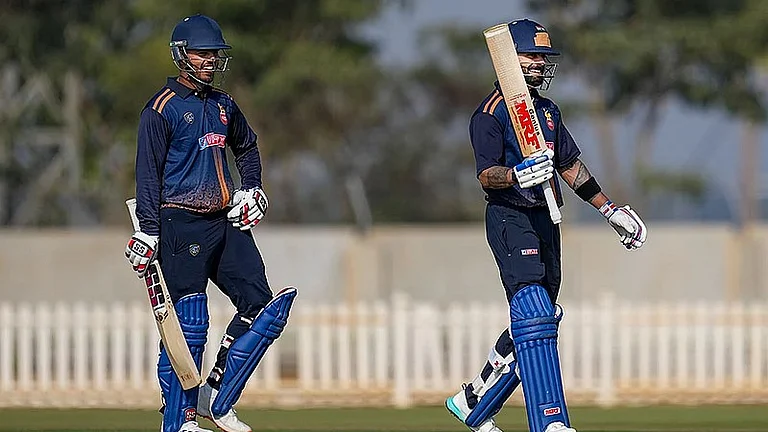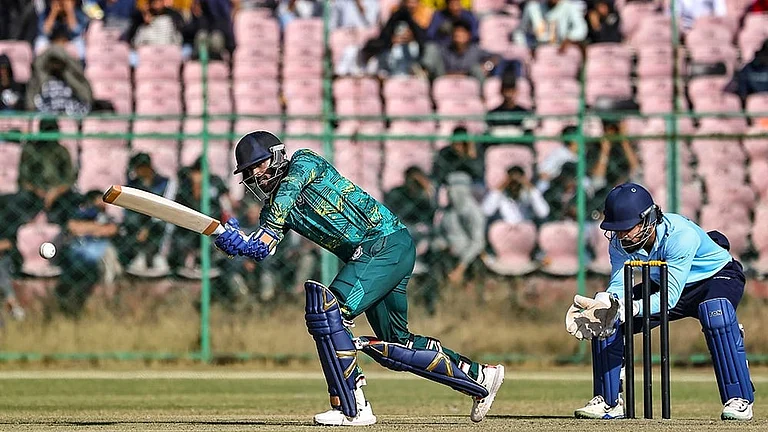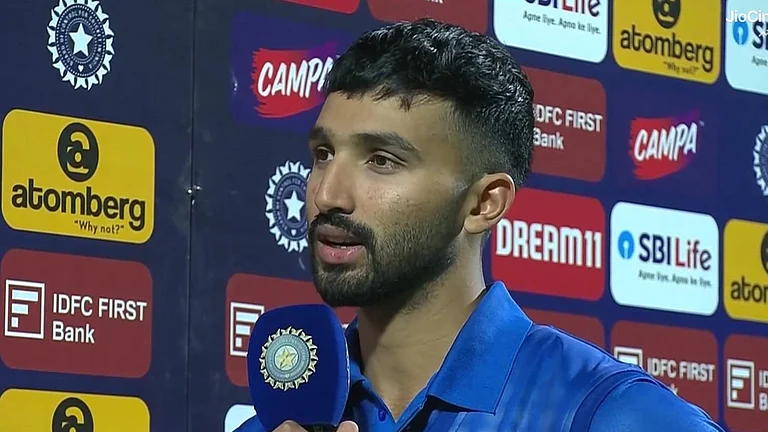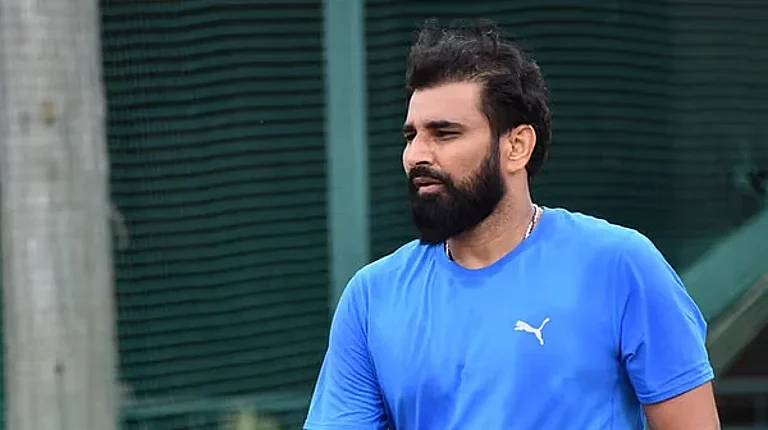The flight of engineers is telling on HAL. The reasons:
- 370 topline engineers have quit this year. Over 1000 in the last three years.
- Private players offer huge salaries. An engineer getting Rs 5 lakh a year lured away by a Rs 12 lakh package.
- Several critical projects for the IAF, including upgradation of fighter jets, will be impacted if the talent drain goes unchecked.
- Delays due to lack of manpower can cause huge cost overruns.
- Retaining employees is difficult since government rules allow revision of pay packages only once in 10 years.
- Deliver eight Light Combat Aircrafts (LCA) to the IAF under a limited series production contract.
- Produce a Light Combat Helicopter (LCH) in 25 months. The Cabinet Committee on Security (CCS) has approved Rs 339 crore for the project.
- The Intermediate Jet Trainer (IJT) has to be ready for operational clearance in 60 months
- The Su-30 MKI, Jaguar and the MiG-21 Bis are up for critical upgradation.
- The JV with Russian aviation major United Aircraft Corporation to develop a 130-seater Multi-Role Transport Aircraft (MRTA) is on the anvil.

But can the aviation company afford to wait for official procedures to kick in? Right now, for HAL, time means money. As per its contract with the IAF, if it fails to deliver the first batch ofLCAs in time, it will simply have to pay millions of dollars in liquidity damages to the air force. So far, theLCA was the baby of the Aeronautical Development Agency (ADA) set up in 1983 to develop it. But design delays and missed targets ended up in costs escalating by several hundred crores to the original budget. Soon after HAL signed the contract, Baweja instituted a monthly-review meeting of theLCA programme, to be held on the third Saturday of every month. While the meetings help fix responsibility, schedules can never be met if there is inadequate manpower.
"We initiated several measures such as the LEAN management programme designed by Toyota. Our effort is also to put the right man for the right job. But at the end of the day, when all else has been taken care of, we have to prioritise the compensation packages," says Sanjeev Sahi, director (HR). In fact, in an effort to retain staff, HAL has offered additional incentives. Notes Sahi: "Earlier, we used to send three people abroad every year. Now that is up to 75."
One initiative that's met with great approval among the 30,000 workforce is quicker promotions. "At the executive level, we have designed a written examination along with professors from the Indian Institute of Science. This helps us pick the brightest who are then recommended for quicker promotions," says Sahi. To fill the gap left by the exodus, HAL also went to several IIT campuses this year for direct recruitment. For the 35 offers it made, 20 engineers signed up.
If the talent drain goes unchecked, HAL's operations will be severely crippled. At stake, the future of some of the company's most prestigious programmes that has a vital bearing on the IAF's modernisation plans. On the shop floor, workers note that there's just 73 weeks left before the LCA gets initial operational clearance. Meanwhile, the light combat helicopter is all set to get off the design board and on to the shop floor.
When it comes to aviation in India, HAL has always been an enabling factor. But an urgent solution is surely called for if it is itself now being enfeebled by a brain haemorrhage.


























